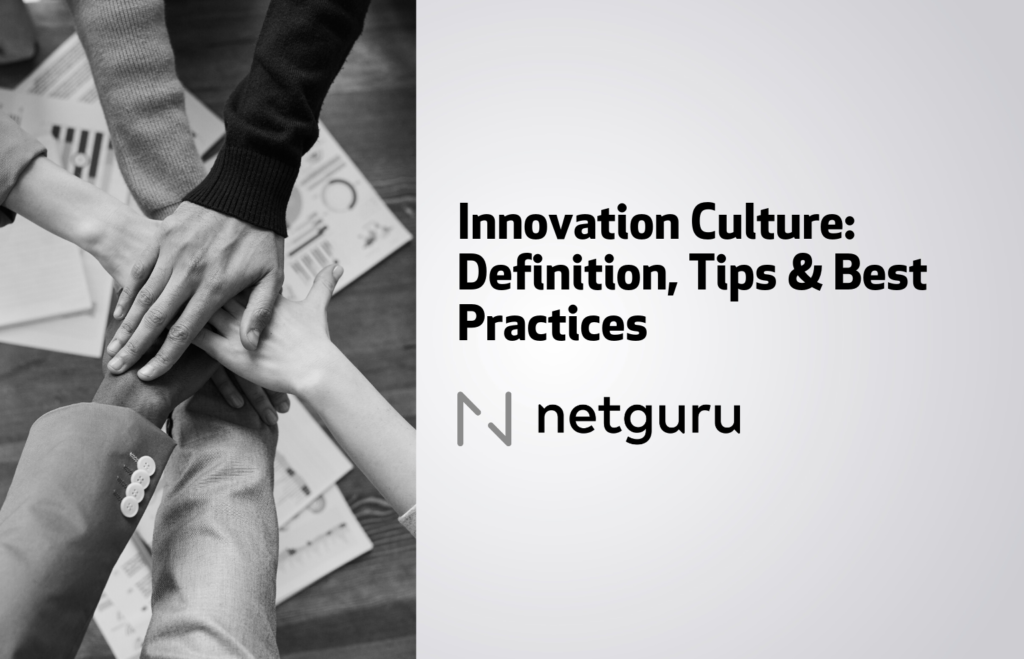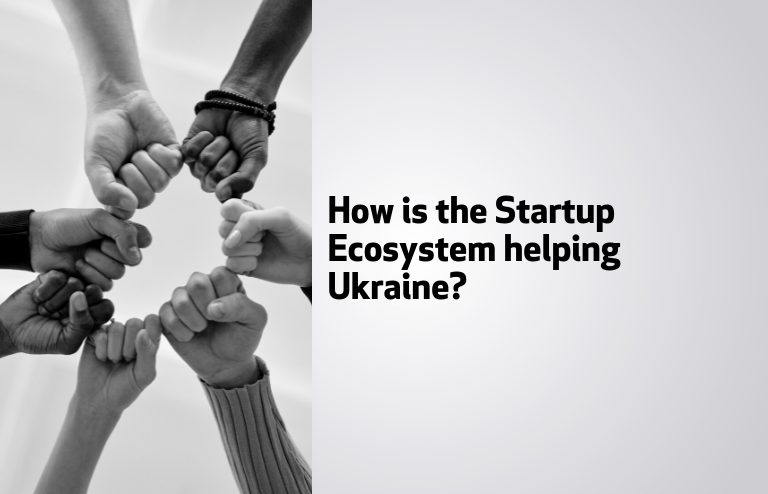“I want to start my own business” — these are the words often spoken by people who want to start their own business. The heads of enthusiasts and future entrepreneurs are swarming with many, sometimes crazy ideas. How to find an innovation that has a chance of success and choose an idea that will turn out to be a hit? As Dr. Sergey Yatsunenko from Novismo points out, today’s world is full of information — you need to learn how to find it and draw conclusions. This, according to the expert, will allow us to see which directions are developing and where there are niches — “There is no magic here, this is a simple analysis of the available information”.
Future entrepreneurs who plan to set up their own business, often have many ideas in their minds, which not always have a chance of success. How do I find or choose an idea to multiply it?
Sergey Yatsunenko: Today’s world is quickly penetrated by a great deal of information to all possible sides. In search of an idea, it is worth learning how to search, filter and use it efficiently. Every year, many reports are published on what solutions or technologies will be developed in the future. For example, IBM prepares a diagnosis for the five main directions that will be most intensively developed in a given year. Moreover, there are a great many patent applications, publications or scientific and scientific articles. They show more and more new markets and niches. That is why it is good to be up to date with novelties, patent applications and reports from the field of science. Although in Poland the approach of combining science and business is still developing, it is worth remembering that the scientific community is a mine of ideas for innovation, which can be used in business. In my opinion, all technologies in the area of medicine and health will be largely developed in the coming years. Just look at how many human health monitoring devices are currently available. There is still a lot to discover and act on here.
There is also another method that has worked in China and South Korea, for example, to create cheaper equivalents for products offered by large corporations. Of course, these products are often protected by patents, but there are effective tools to create an alternative patent that describes a technical system that provides the same functionality without infringing on intellectual property. Such a method can be very successful among startups because of the fact that the product already exists, there is a demand for it, but an additional benefit can be provided, e.g. in the form of a lower price, which customers would have to pay.
How to focus on a specific idea? What criteria should be used?
SY: Our company offers solutions and services on the basis of modern methodology of the Theory of Innovative Task Solutions (TRIZ), one of the elements of which perfectly describes the future benefits is the so-called Main Value Parameter (MVP). It is such a feature or parameter of the product for which the customer is ready to pay. Looking for these parameters, we are able to assess in depth what the customer expects, needs and is willing to invest their money in.
On the other hand, young entrepreneurs can go to a patent attorney with their ideas for an opinion on a given solution, whether it is a novelty within the framework of a set of current patents. The demonstrated novelty of a product or technology may be the basis for continuing in the chosen direction. However, it should be remembered that this does not immediately mean a guarantee of success. It is also worth carrying out, at the outset, a preliminary analysis which will eliminate any previously unidentified unfavourable areas. It will also provide startups with information on the size of the desired market and the products that exist in it. A comprehensive picture, which of course will contain an idea and a product with a specific functionality, but set in a market context deepened by an analysis of trends and what is happening around it, will allow making the right decisions. Analysis of patent applications can provide a high dose of knowledge in this area.
Are there any main principles that people planning to start their business should follow?
SY: As I have already mentioned, a thorough analysis of the idea and its embedding in the future business environment is important at the beginning, on the basis of which the implementation of the idea would be justified. Another important principle is to build a team. Without it, it will be very difficult to do anything and ensure further development. It is important that it is composed of good people who have clearly defined goals, understand each other, do not get offended when they receive constructive criticism, and are able to give way in discussions and continue to move in one direction together. When we build a team, difficult tasks are no longer terrible. Due to the fact that startups very often lack financial resources at the beginning, it is important that the team is sometimes able to work on a project for a certain period of time “for an idea” and believe in its success.
As far as the steps are concerned, let us assume that we already have an idea and technology, what next? What are the next steps ahead of the future startup?
SY: If we already have a technology or a product and assume that it is innovative, then I think, looking at the classic approach, one of the tools used to create a strategy and a development plan is to analyse the S-curve. It contains formulas that calculate indicators that enable us to determine and improve the functionality of the product while reducing costs. We have other tools for this, such as trimming. The methodology we use at Novismo allows us to lead a good idea to success algorithmically and effectively. And when it comes to costs, it takes money for every entrepreneur to get out of the market. Therefore, the next steps should be aimed at convincing the potential investor to believe in the success of our ideas and to establish cooperation with our company. It is also important to move at the right time from the startup stage to a small company that already operates with certain procedures implemented, or in other words, that meets the requirements set for us by mature business and the market environment. At some point it should also be understood that the novelty of the solution developed by the startup must be somehow protected. One needs to define a strategy for the protection of intellectual property. This can be patent protection, the creation of a so-called patent umbrella, or other protection. For example, Coca Cola has no patent protection at all, and only selected people have access to the recipe and technology.
And what about situations when the implemented idea turns out to be a failure and the young entrepreneur fails? When should we give up and when should we change the path we have taken?
SY: When there are signals that show that something on the way to achieving business goals goes wrong, it is certainly not worth continuing the same activities. The company would then find itself at the same point and start turning round and round. In such a case, corrective actions should be taken in order to change its situation within a short period of time. Personally, I am in favour of adopting from the outset measurable parameters and criteria, both for failure and for success, and defining the time at which they will be achieved. If this is achieved, a critical situation should not arise or a threat can be resolved in a timely manner. Otherwise, you have to make a decision and give the next idea a chance, or more make a more painful decision about the final closure of the project. In my opinion, too, the idea should only be forgotten if something goes wrong despite the maximum commitment, effort and labour. And if it still goes wrong, this does not mean that you have to forgive your business at all. You have to be persistent and consistent, because that is the only way you can get us there. And the road to success is bumpy and leads through many minor failures. If one idea hasn’t panned out, it’s not worth giving up; it’s worth moving on to another one, with all the experience gained along the way.





